Everything you need to know about specifications and performance - Peugeot 308 2018 - 1.5 BlueHDi (102 Hp)

Overview:
What is the engine capacity of a Peugeot 308 2018?
The engine capacity of the Peugeot 308 2018 is 1499.
Peugeot 308 2018 How many horsepower?
The engine power of the Peugeot 308 2018 is 102 Hp @ 3500 rpm..
What is the Peugeot 308 2018 engine?
Peugeot 308 2018 engine is YHY DV5RD. (Click to see other cars using the same engine)
How much gasoline does a Peugeot 308 2018 consume?
The Peugeot 308 2018 consumes 3.8 liters of gasoline per 100 km
General:
Engine:
Performance:
Space:
dimensions:
Powertrain, Suspension and Brakes:
See also
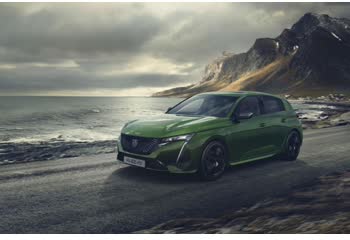
Last generation.
Its production began in 2023 until 2025
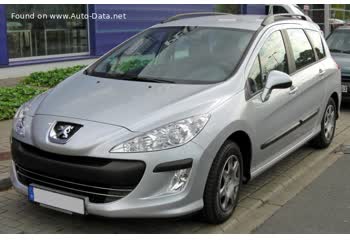
Other generation.
Its production began in 2010 until 2011
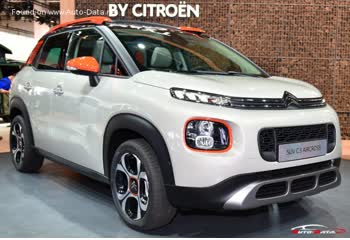
Same engine. (YHY DV5RD).
Its production began in 2018 until 2021
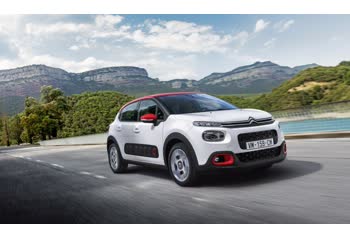
Same engine. (YHY DV5RD).
Its production began in 2018 until 2020
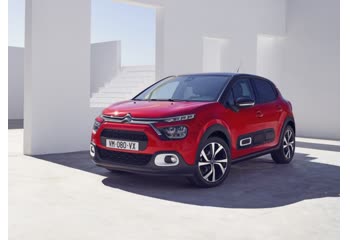
Same engine. (YHY DV5RD).
Its production began in 2020 until 2024
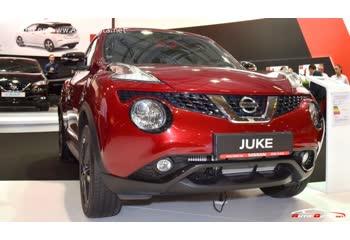
Same production year and almost the same engine capacity.
Its production began in 2018 until 2019
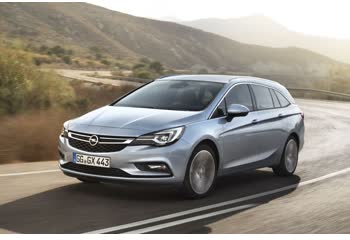
Same production year and almost the same engine capacity.
Its production began in 2018 until 2019

Write a comment